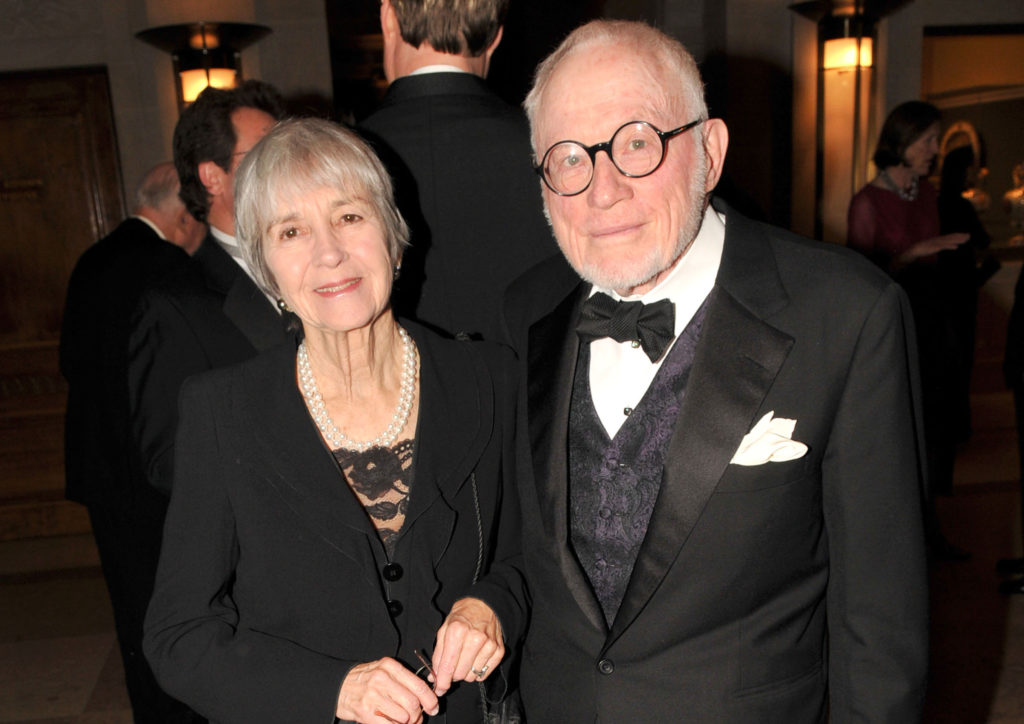People
‘He Made Chicago a More Beautiful Place’: Colleagues Remember the Late Art Dealer Richard Gray
Richard Gray died on Wednesday at age 89.

Richard Gray died on Wednesday at age 89.

Henri Neuendorf

The Chicago art dealer Richard Gray, who shaped the city’s art scene for more than five decades, died on Wednesday at age 89. The gallery he founded, which has two spaces in Chicago and one in New York, will continue to operate under the leadership of Gray’s son Paul and partners Andrew Fabricant and Valerie Carberry.
A trained architect and Air Force veteran, Gray found his way into the art world in 1953, when he married Mary Lackritz, whose parents collected modernist artists including Joan Miro, Wassily Kandinsky, and Jackson Pollock.
Throughout the decade that followed, Gray developed a deep interest in art and finally opened a gallery in 1963 at the behest of his friend, the artist and critic Harry Bouras. He traveled to New York with $25,000 to buy his initial inventory. “I went into business with the idea that I would see how it worked out,” he said in a 2008 interview. “I don’t think that I thought there was any likelihood I would spend my life doing it. But as it turned out I was pretty good at it and had some breaks.”
Over time, the gallery grew into a fully-fledged business, representing a number of big-name international and modern artists, including Theaster Gates, Rashid Johnson, Alex Katz, and David Hockney. Last year, Gray and his son expanded into a large converted warehouse in Chicago’s West Town.
James Rondeau, the director of the Art Institute of Chicago, described Gray in an email to artnet News as “an internationally renowned art dealer of modern and contemporary art” who donated numerous works to the museum and sold works to scores of other board members and donors. “Known always for his discerning connoisseurship, Richard’s early fascination with image and form honed his impeccable eye and ultimately transformed into a lifelong passion for art. His dedication and expertise aligned perfectly with our museum’s mission; he helped us to advance in both in incomparable ways.”
Irving Stenn, Jr., a collector and longtime client of Gray’s gallery told artnet News that “he was a very welcoming presence at his Michigan Avenue gallery in the ’60s and ’70s, showing outstanding artists of the time, and [he was] helpful to the collector in learning about the art and guiding their selections. His efforts for the city in placing public art made Chicago a more beautiful place for all.”
Gray is survived by his wife, Mary, three children, and five grandchildren.